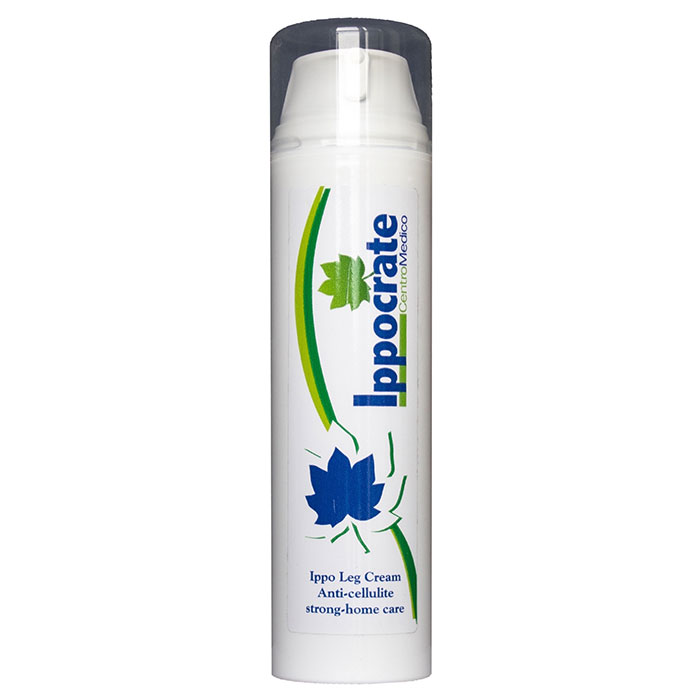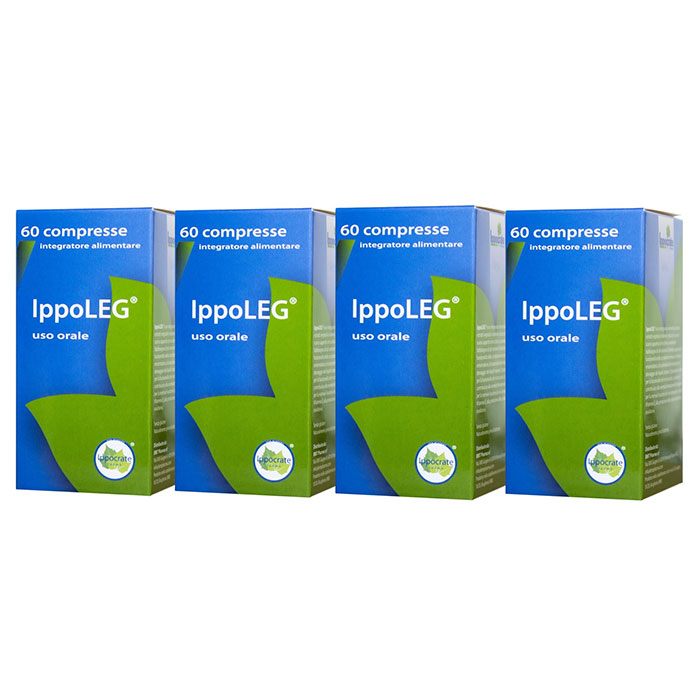Description
INGREDIENTS AND PROPERTIES OF THE NEW IPPOCRATE CENTER ANTI CELLULITE CREAM
1 Fucus Vesciculosus- Sea oak alga
Sea oak is able to promote collagen synthesis, helping to improve the appearance of the skin and reducing the signs of aging. The application of sea oak extract on skin samples led to a 228% increase in collagen production, compared with no improvement in the control group.
In another research, a mixture of sea oak extract and other seaweed extracts was used on the skin for 12 weeks. Compared to the placebo, the seaweed blend resulted in a significant reduction in cellulite.
2 Hedera Helix (leaf extract)
Ivy is a spontaneous plant used in herbal medicine for respiratory disorders and in cosmetics to combat cellulite and orange peel skin.
As a cosmetic ingredient, ivy extract is used for its anti-cellulite action attributed to the presence of saponins.
Body creams that contain ivy are recommended to combat localized fat deposits and to firm up skin that has lost tone and elasticity.
3 Birch alba (extracted from the leaves)
Birch is known for its diuretic and purifying properties that make it a natural remedy against cellulite and water retention; it is among the plants that stimulate diuresis and the lymphatic system favoring the elimination of excess fluids, we find the birch leaves (Betula Pendula) which are considered one of the elective remedies in the treatment of cellulite, as they also help to reduce the fibroconnective nodules, characteristic of this skin imperfection;
4 SOY LECITHIN
Lecithin (INCI LECITHIN) is an emulsifying, emollient and conditioning agent for the skin. Chemically it is a mixture of phospholipids of vegetable origin (soy, wheat) or derived from egg yolk.
Lecithin on the skin has good moisturizing properties, reduces flaking and helps restore skin elasticity.
5 TOCOPHEROL (vitamin E)
Known antioxidant with toning properties for collagen fibers in local use
6 CAFFEINE
If drinking coffee is not recommended, topical caffeine is recommended. This substance has excellent antioxidant power by reducing the effects of free radicals that damage the skin. Here, cosmetic products that contain caffeine are very useful in the summer months, when exposure to UV rays damages the skin. But above all it is an excellent stimulant of the micro-circulation. Therefore an ally in fighting water retention and cellulite. In deflating legs, tired ankles, bags and dark circles. The stimulating effect is also useful for exfoliating through a natural peeling effect. Topical caffeine is a true beauty ally, also used in numerous cosmetics for shock treatments against cellulite and related imperfections, such as orange peel skin, stagnation of liquids and fat pads.
7 TEA-HYDRO IODIDE IODATE COMPOUND (tea-hydroiodide)
Iodine-organic molecule purified by recrystallization, free from elemental iodine, with no cutaneous enzymotoxic action that finds application in the local treatment of “cellulite” and / or adipose blemishes. Unlike other iodine derivatives, it does not exert a hormonal stimulus, but acts topically to combat adipose accumulations, at minimum doses that do not exceed, for application doses, the iodized content of 100 grams of strawberries.
8 Tyrosine
Tyrosine is one of the amino acids that make up the body’s proteins.
As a topical use it has a stimulating effect on local metabolism, contributing to lipolysis.
9 Phosphatidylcholine
Phosphatidylcholine is a known and studied phospholipid for a very long time, as it is abundantly represented in nature and introduced daily through certain foods (egg yolk and soy for example)
Phosphatidylcholine was used in therapies in many hospitals in the 1980s as a prevention of fat emboli in polytrauma patients given the power to dissolve fat. The use of phosphatidylcholine in the treatment of fat accumulations in aesthetic medicine is quite recent: on the basis of what is known, the first to propose it, in the mid-90s, was a Brazilian doctor after a brilliant intuition: if it is true that phosphatidylcholine is able to dissolve the fat with which it comes into contact, why not use it to eliminate small fat deposits and treat edematous-fibrosclerotic panniculopathy using mesotherapy techniques or even creams?
Phosphatidylcholine is able to solubilize fats, reducing the volume of the cells that contain them (adipocytes)
This effect is particularly useful in the treatment of adipose accumulations which, either due to endocrine and metabolic factors, or to a sedentary lifestyle, are particularly resistant to traditional dietary and behavioral interventions.
10 Polydocanol
Other effects have recently been reported as lipolytic when injected into fat (international patents WO2016 / 138136A1 and WO2017 / 207520, by Chemische Fabrik Kreussler). The local effect when applied as a cream has been found to be able to normalize the skin’s lipid fraction, reduce itching and also ensure particularly effective hydration in synergy with all the other constituents.
11 Coconut oil
Very widespread, it has emollient, moisturizing and protective properties as it contains high percentages of vitamin E, calcium, iron and zinc. Its scientific name is Cocos nucifera and it is extracted directly from the coconut mainly in Indonesia, India and the Philippines. The anti-cellulite cream has proven to be the only oil to ensure the simultaneous efficacy of all the constituents as well as providing daily hydration of the deeper layers of the skin, ensuring a longer lasting effect.





